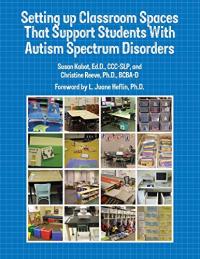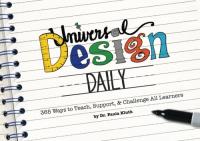

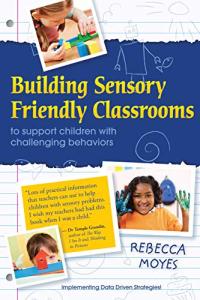
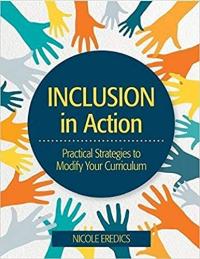
Inclusion in Action: Practical Strategies to Modify Your Curriculum
Age Level:
Adult 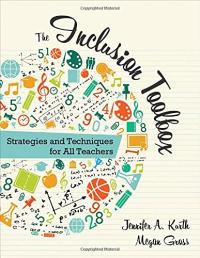
The Inclusion Toolbox: Strategies and Techniques for All Teachers
Age Level:
Adult 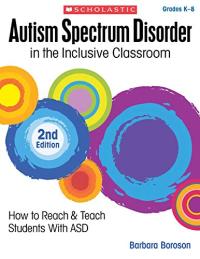
Autism Spectrum Disorder in the Inclusive Classroom
Age Level:
Adult 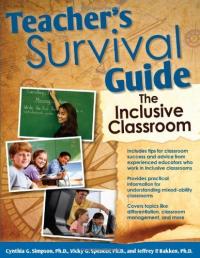
Teacher’s Survival Guide: The Inclusive Classroom
Age Level:
Adult 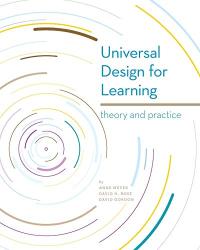
Universal Design for Learning: Theory and Practice
Age Level:
Adult 
